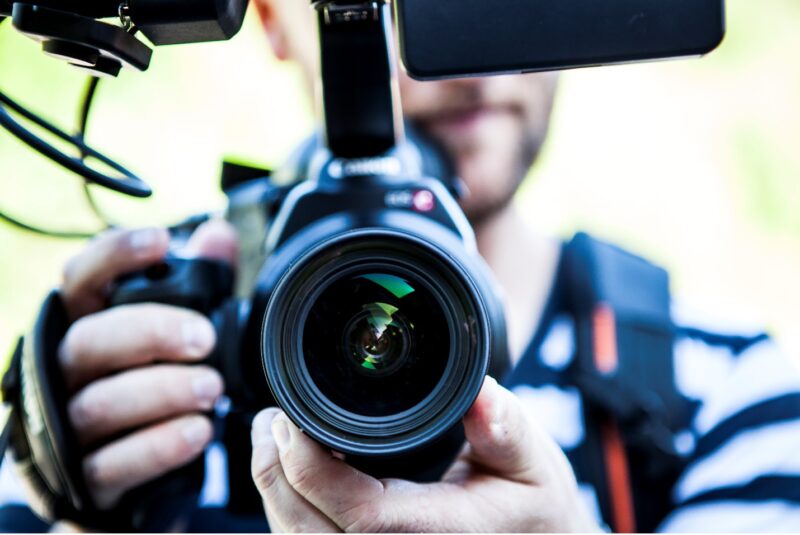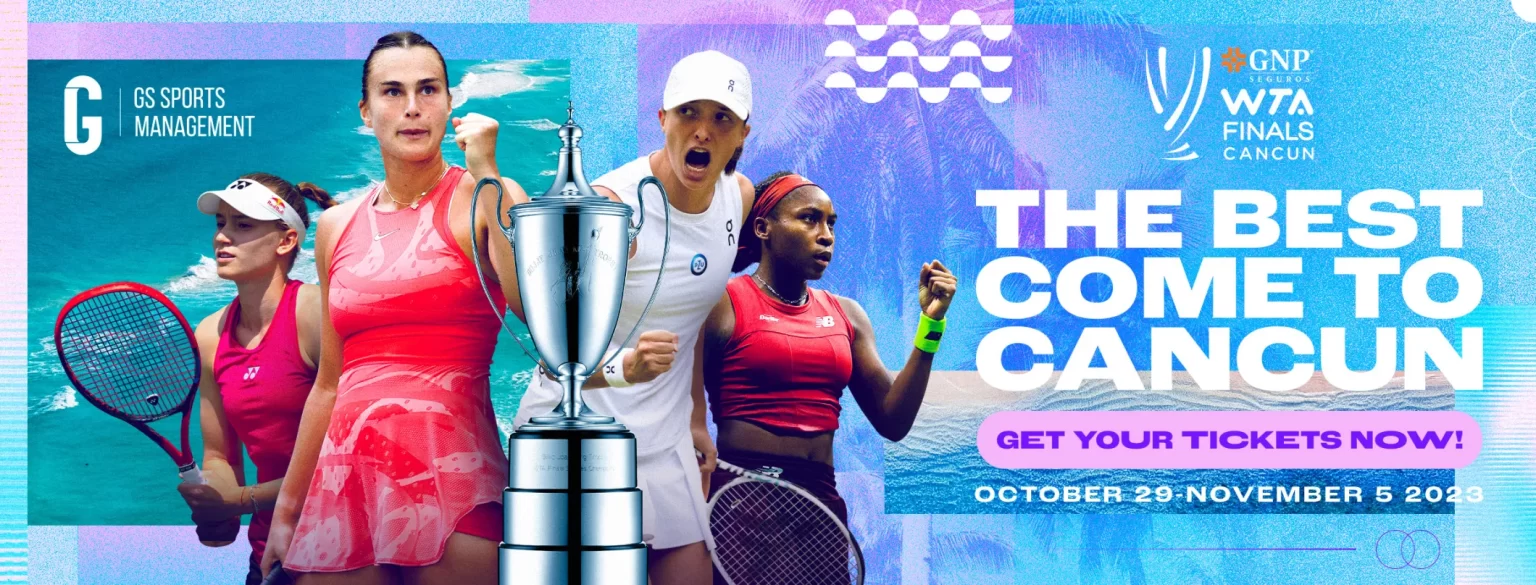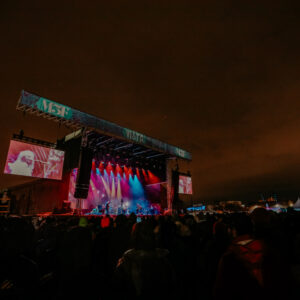
One common misconception is that event photography only includes music gigs or big concerts. However, the range of event photography is much wider. This scope can include weddings, birthday parties, and even casual meet and greets like the Jack Harlow one we previously covered in Atlanta.
At its core, event photography is taking quality pictures of once-in-a-lifetime occasions. This doesn’t just mean photographers have to think and react fast, but also that professional-level gear is a necessity. There are many tools that are great for event photography, but check out the essentials below.
Spacious memory card
Because there are no retakes, live photography needs room for an abundance of choices during post-processing. That’s where memory cards come in.
There are different types of memory cards or removable flash media on the market, but SD cards are some of the most ubiquitous options. Most SD cards made today are SDXC which can store up to 2TB and are labeled Class 10, which means that the card is capable of at least 10 MB/s read and write speeds.
There’s also the UHS-I category, which allows read speeds of up to 104 MB/s, and the UHS-II, which extends until 312 MB/s. Faster is better, but it’s important to note that not all cameras are capable of making use of it. Most lower-end cameras tend to use UHS-I exclusively.
Quality camera
It’s incredibly important to select a camera that you can fully utilize for event photography. Digital SLR cameras are a staple choice because their bigger sensors and faster lenses make the job of capturing dynamic subjects easier. With their fast autofocus, they’re capable of producing images that are clean with sharp, precise detail.
As opposed to a crop sensor or APS-C, a full-frame DSLR camera like the Nikon D750 has a 36x24mm sensor. Their 24.3 MP body yields higher image quality and low-light capability, perfect for outdoor night events, with two SD card slots. Even the cheaper Canon EOS 6D Mark II has a full-frame sensor which, when powered by its 45-point AF system, can provide good low-light sensitivity for events such as corporate meetings and fashion shows.
Variety of lenses
The top advantage of digital SLR cameras is their fully customizable settings. Depending on the type of camera lenses, DSLR cameras can better photograph action in low light with high-speed.
Consider lenses that allow you to get your shot with minimal effort. For example, a lens with a wide angle zoom of 24-70mm and maximum aperture f/2.8 is great for closer indoor work and detail photography.
On the other hand, a telephoto zoom lens with 70-200mm f/2.8 is another industry standard that creates beautiful bokeh from a distance. This makes the Canon 70-200mm f/2.8L IS III USM Lens or the Nikon AF-S NIKKOR 70-200mm f/2.8E FL ED VR Lens a favorite among wedding photographers hoping to capture candid emotions.
Flexible lighting
When natural light is not enough, such as when capturing sports or documentary photography, additional lighting needs to be as inconspicuous as possible. A detachable external camera flash allows photographers to direct the flash accordingly, because of its adjustable head. They can even reach up to Guide Number (GN) 80, starting around GN 20, compared to internal flashes that only reach about 13 GN.
Good gear creates compelling imagery that speaks volumes of an event through a picture. That’s why Exclusive Access aims to deliver ingenuity and creativity in capturing the beauty and success of your event. There are no do-overs in a day, but with quality photography services, the memories will last forever.




